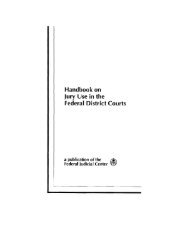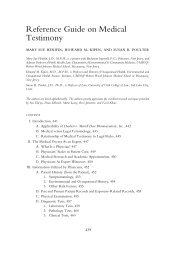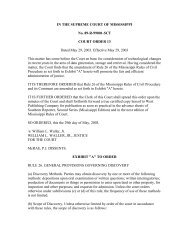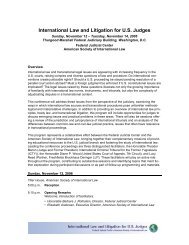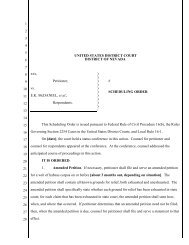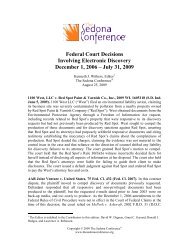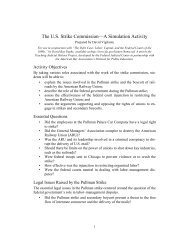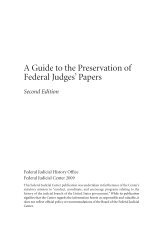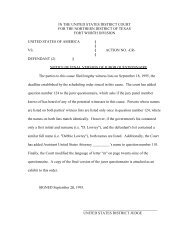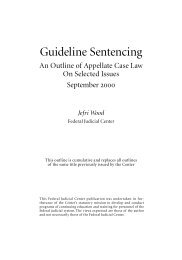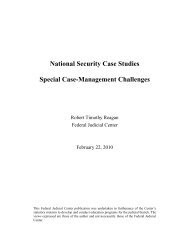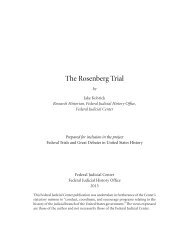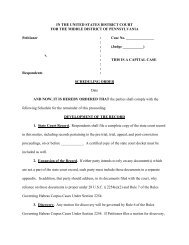Judicial Writing Manual - Federal Judicial Center
Judicial Writing Manual - Federal Judicial Center
Judicial Writing Manual - Federal Judicial Center
Create successful ePaper yourself
Turn your PDF publications into a flip-book with our unique Google optimized e-Paper software.
the losing side has raised substantial contentions, the opinion should<br />
explain why they were rejected. But it need not refute the losing party's<br />
arguments point by point or adopt a contentious or adversarial tone.<br />
An opinion can - and properly should - carry conviction without<br />
becoming a tract. Put aside emotion and personal feelings, and avoid using<br />
adjectives and adverbs unless they convey information material to the<br />
decision.<br />
Treatment of the court below<br />
Appellate opinions can and should correct trial court errors and provide<br />
guidance on remand without embroidering on the circumstances or criticizing<br />
the court below. An appellate opinion need not attack a trial court's<br />
wisdom, judgment, or even its attitude in order to reverse its decision. And<br />
it should avoid unnecessary criticism, such as for having failed to consider<br />
authority or resting on improper motives.<br />
Concluding paragraph<br />
Disposition of a case - and the mandate to the lower court or agency,<br />
when that is a part of the disposition - is the most important part of the<br />
conclusion. Appellate courts should not speak in riddles. Simply to remand<br />
a case "for further proceedings consistent with the opinion" may leave the<br />
court below at sea. Opinions must spell out clearly what the lower courts or<br />
agencies are expected to do without, however, trespassing on what remains<br />
entrusted to their discretion. Thus, even where an abuse of discretion is<br />
found, the appellate court's decision is on the law, and the lower court or<br />
agency on remand retains the authority to exercise its discretion properly.<br />
Appendix D contains examples of concluding paragraphs that provide<br />
clear instructions to the lower court or agency.<br />
Summary disposition<br />
Summary disposition may be appropriate in cases where only the parties<br />
and their lawyers are interested in the result, the facts are not complex, and<br />
the precedents are clear. It may take the form of a one-sentence order or a<br />
brief memorandum. See Appendix B.<br />
19




